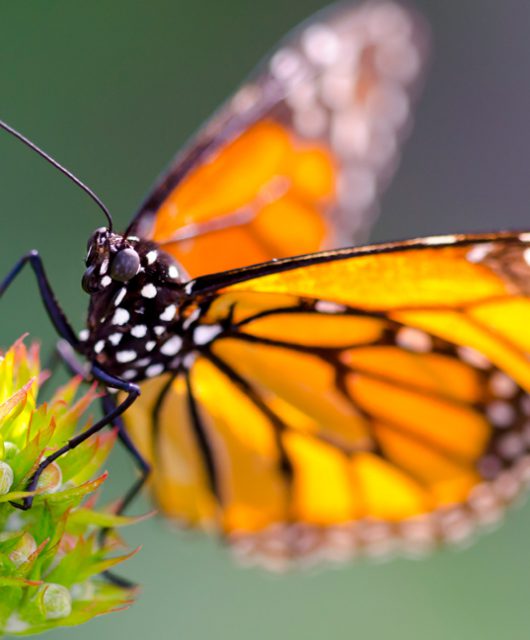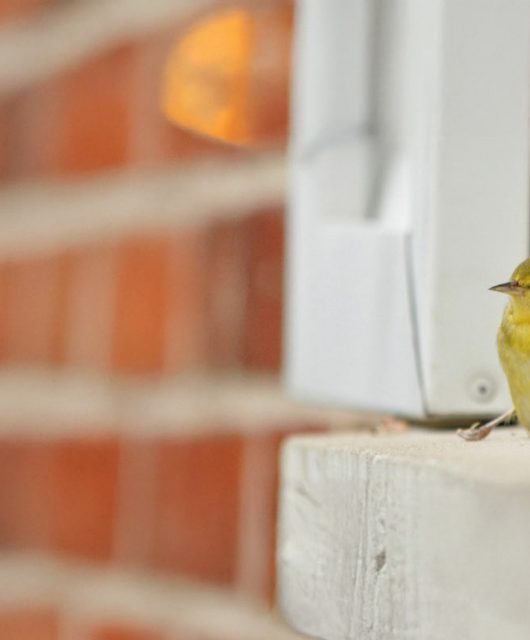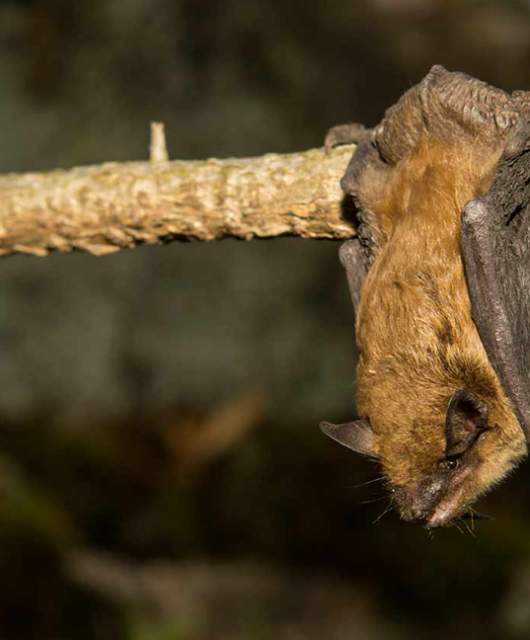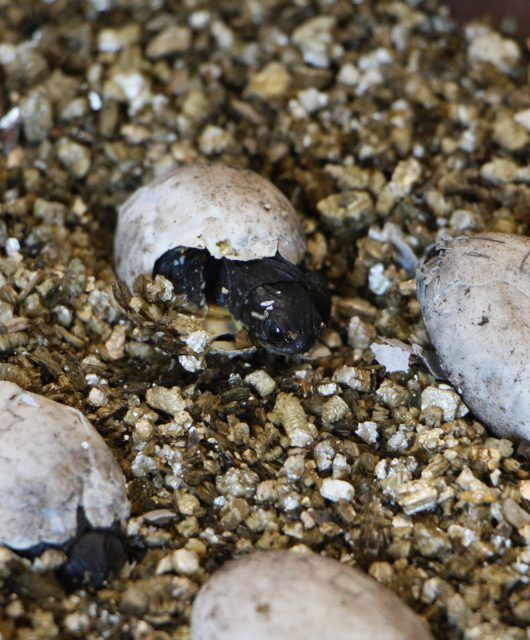When we talk about endangered species, we often talk numbers.
After all, it’s important to emphasize that only around 400 North Atlantic Right Whales remain, making this species one of the most endangered large whales on the planet. But it’s also important to look at the stories behind the statistics to better connect with wildlife and build a deeper understanding of the importance of conservation.
For example, Derecha is a North Atlantic Right Whale who was first sighted in 1993 and gave birth to her fourth calf in January, 2020. Sadly, within days of being born, the calf was struck by a ship and its jaw was severed. This would make it exceedingly difficult for the calf to nurse, but North Atlantic Right Whales are resilient mammals who can sometimes recover from severe injuries.
Derecha and her calf have not been sighted since the injury, and we won’t know the calf’s fate until we spot the mother. A mother whale is highly unlikely to leave her calf, so if Derecha is spotted alone, we can presume her calf did not survive. CWF is following Derecha’s story, and others like it, and will keep you updated.
To better understand these individual life histories, our Marine Team is tracking data for the ten mother-calf pairings from the 2020 season, including previous calves, sightings, locations and updates. Population growth is slow for the North Atlantic Right Whale, so tracking mothers and their calves is important to help us understand and conserve this endangered species.
How is the mother-calf data collected?
CWF is compiling data from the North Atlantic Right Whale Catalog, operated by the New England Aquarium. This public database has sightings and photos of all identified North Atlantic Right Whales. Using aerial or boat-based surveys, researchers look for the whales and any new calves in their winter calving grounds around the U.S. states of Florida and Georgia. Sometimes, in the months leading up to the winter calving season, researchers can even tell a female is pregnant from her body condition.
Once a calf has been sighted, it’s important to keep a close eye on it for several months after its birth because this is when its callosities (unique markings) start to appear, allowing researchers to identify the whale throughout its life and keep records of its family tree and relatives.
Why is population growth so slow for the North Atlantic Right Whale?
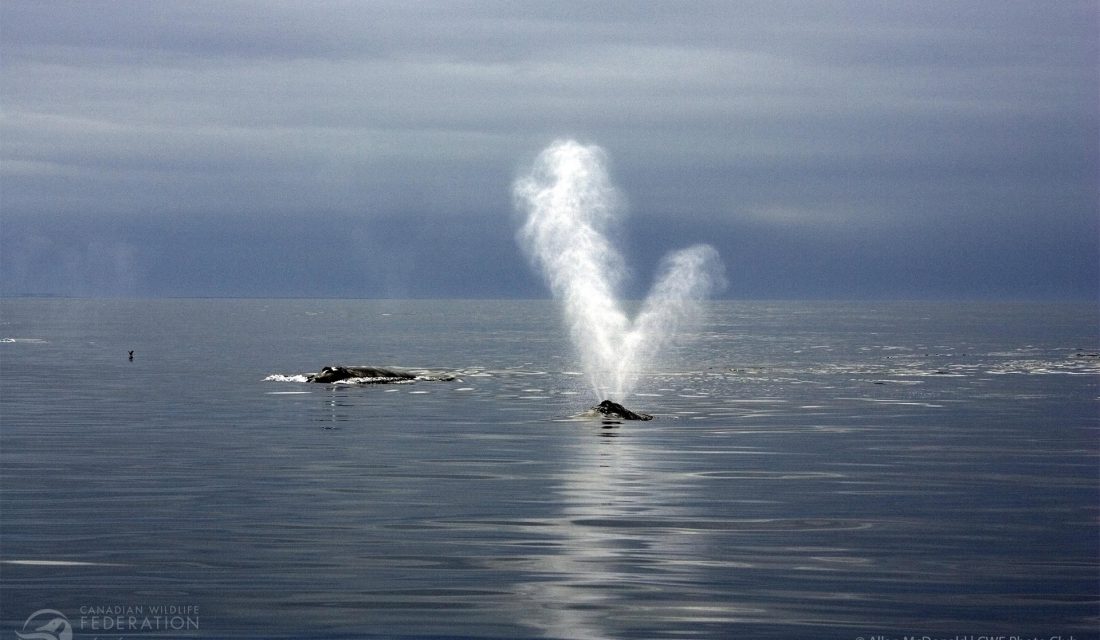
Females are essential to the population growth of any species. North Atlantic Right Whale moms are pregnant for a year, then nurse and raise their calf for one to two years before it’s fully weened. But the calf will remain in close proximity to its mom until it reaches sexual maturity, around the age of ten.
Unfortunately, North Atlantic Right Whales are not reproducing at a rate that is sustainable for their population. In other words, more whales are being killed than are being born. One reason for slow population growth is the disproportionate number of females to males. Of the approximately 400 individuals that remain, only around 95 are female. Another reason is the expanding birth interval. A healthy female North Atlantic Right Whale should give birth every three to four years, but that interval has increased to about every six to ten years.
Why are the females more likely to die? And why are they giving birth less often?
Supporting a pregnancy and birth requires huge stores of energy – in other words, it requires food. North Atlantic Right Whales don’t eat in their winter habitat, so they need to eat enough food during summer to survive for a year. Recently, increasing water temperatures have caused the whale’s main prey – copepods – to shift its range. This can make it difficult for females to find enough food, and therefore store enough energy, to support a pregnancy and birth.
If a female does give birth, she may be more susceptible to death from entanglement – the largest threat to North Atlantic Right Whales. Entanglement in fishing gear is painful and debilitating, restricting the whale’s ability to move, feed and reproduce. Sadly, a female who has recently given birth is less likely to have enough energy to survive the stress and exhaustion of entanglement.
Why track mother-calf pairings?
Tracking generations of North Atlantic Right Whales allows us to understand their individual life histories. And it provides insight into the health of the population and the number of new calves being born.
This data also helps us understand where mother whales are spending their time. We’ve seen a recent habitat shift, with North Atlantic Right Whales spending more time in the Gulf of St. Lawrence than ever before. Are mother whales also spending time feeding in the Gulf? If yes, this could support evidence that the Gulf of St. Lawrence is a productive food source that can provide whales with enough energy to reproduce.
Long-term, could this lead to areas of the Gulf of St. Lawrence being designated critical habitat and legally protected for North Atlantic Right Whales? We’ll have to wait and see. In the meantime, tracking mother-calf pairings is a reminder of the unique, inspiring and sometimes heartbreaking stories behind North Atlantic Right Whale statistics.

